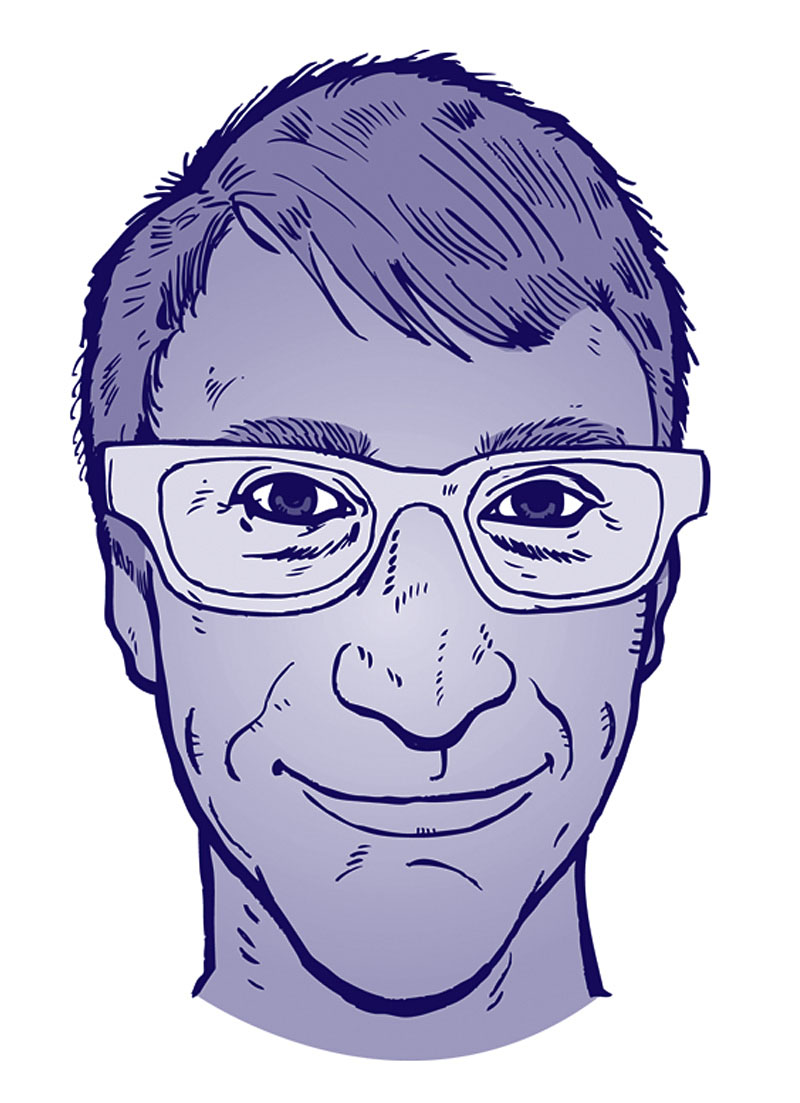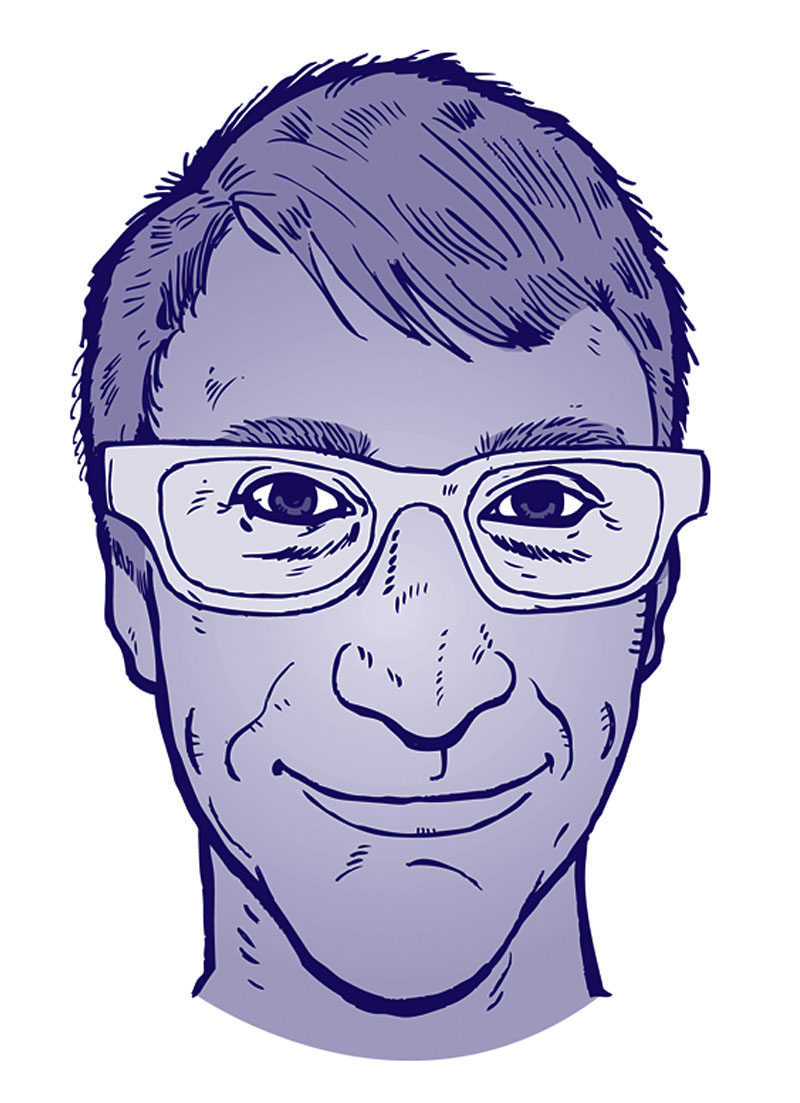THE RAP ON SAM’S current blockbuster show, “Baja to Vancouver: The West Coast and Contemporary Art” (which shows at the Seattle Art Museum through Sunday, Jan. 4, 206-654-3100), is that it’s not really representative of the West Coast art scene. Yet the idea that such a scene even exists is not taken seriously by anyoneincluding the exhibit’s five curators (Lisa Corrin of SAM and her counterparts at museums in San Diego, San Francisco, and Vancouver, B.C.). A wall placard accompanying Ron Terada’s Entering City of Vancouver, a full-sized highway sign near the entrance to the show, archly notes that the piece “conjures the now-questionable practice of branding art by its region of origin, the theme of ‘Baja to Vancouver.'” In other words: “We’re already hip to our own deconstructed curatorial authority. So don’t mess with us.”
What a massive cop-out. Still, the pleasures of “Baja” are real, if hollow. It’s a colorful, noisy, sometimes irritating circus of a show. Only about a third of it is utter nonsensean excellent ratio, actually, in the world of contemporary art.
Dominated by young artists working in video, the show fills the second-floor galleries with overlapping pools of sound. Stand in just the right spot and you can hear Delia Brown’s fake music video for a vacuous R&B ballad; Tim Lee’s deadpan recital of the Beastie Boys’ 1998 track “The Move”; and Koto Ezawa’s animated The Simpson Verdict, which presents the drama of O.J. with flat, iconographic figures. Around the corner, Michele O’Marah’s White Diamonds and Agent Orange plays on two monitorsone shows actors hammily re-creating a 1970 interview with Elizabeth Taylor and Richard Burton; the other screens a no-budget pastiche of Vietnam movies. I found myself sucked in by the experience, watching what was in front of me while imagining what the originals looked like on which these fakes were based. The distance gained from our media-saturated world is (I think) exactly the point.
CURATED AS IT IS by committee, the show has an attractively unruly quality you never see at the sleeker, hipper Henry, and it’s undeniably fun to wander among these oddities. Still, there’s a nagging vacant feeling to my enjoyment. The show’s so, I don’t know . . . typical. If you follow contemporary art, even casually, you pretty much already know what you’ll find at “Baja”the saturated colors, the oversize proportions, the gallery- filling buzz and bang that’s seemingly required to get anyone’s attention these days (Brian Calvin’s witty, illustrationy paintings have no reason to be so humongous unless it’s to be taken more seriously than they would be otherwise). The themes, too, are familiar: There’s our old friend “foiling viewer expectations” (Vancouver artist Liz Magor’s stack of folded towels that turn out to be a hollow container for canned beer), for instance, and “exploiting tension between art and design, form and function,” as Seattle artist Roy McMakin’s wooden benches are said to do (in the art world, there’s no state so valorized as tension, and no finer or more fancy place to be than between some thing and some other thing).
In a way, this stuff is like the macram頰lant hangers and glittery kitten sweatshirts you might see at a crafts fair eye-catching goods, but only for people who are into that kind of thing. Not that these aren’t really good macram頰lant hangersO’Marah’s outlandishly bad fake Hollywood piece has its own weird and forceful integrity that gives it a life apart from any dry theory about representations of representations. And, after all, I guess I’m one of the macram頰eople myselfone of many, apparently: Every time I’ve gone, the show has had the kind of attendance the Henry would kill for.
I should also add that there are a few artists here that do more than reflect back the pop culture house of mirrorsnotably Portland painter Michael Brophy, who meditates on lumber and the environment with an almost goofy brushiness. There’s some postmodern subtext in his paintings: The wood grain looks as self-consciously fake as the birch- patterned contact paper used by Jack Daws to cover his wood pallet at Greg Kucera earlier this year. But Brophy distinguishes himself from most of this pack by having an actual subject matter, and by creating thoughtful spaces far from the noisy crush of the information world.
Overall, though, this show makes Warhol’s revolution now seem like a stagnant regime. Art should reflect its times, but it’s a tricky thing to harness the glittering, superficial vitality of the commercial world without succumbing to superficiality yourself. And the more the walls between fine and popular art are breached, the less meaningful it is to see Elizabeth Taylor and the Beastie Boys in a museum. In this regard, “Baja to Vancouver,” for all its beguiling tricks and diversions, looks more like surrender than revelation.








